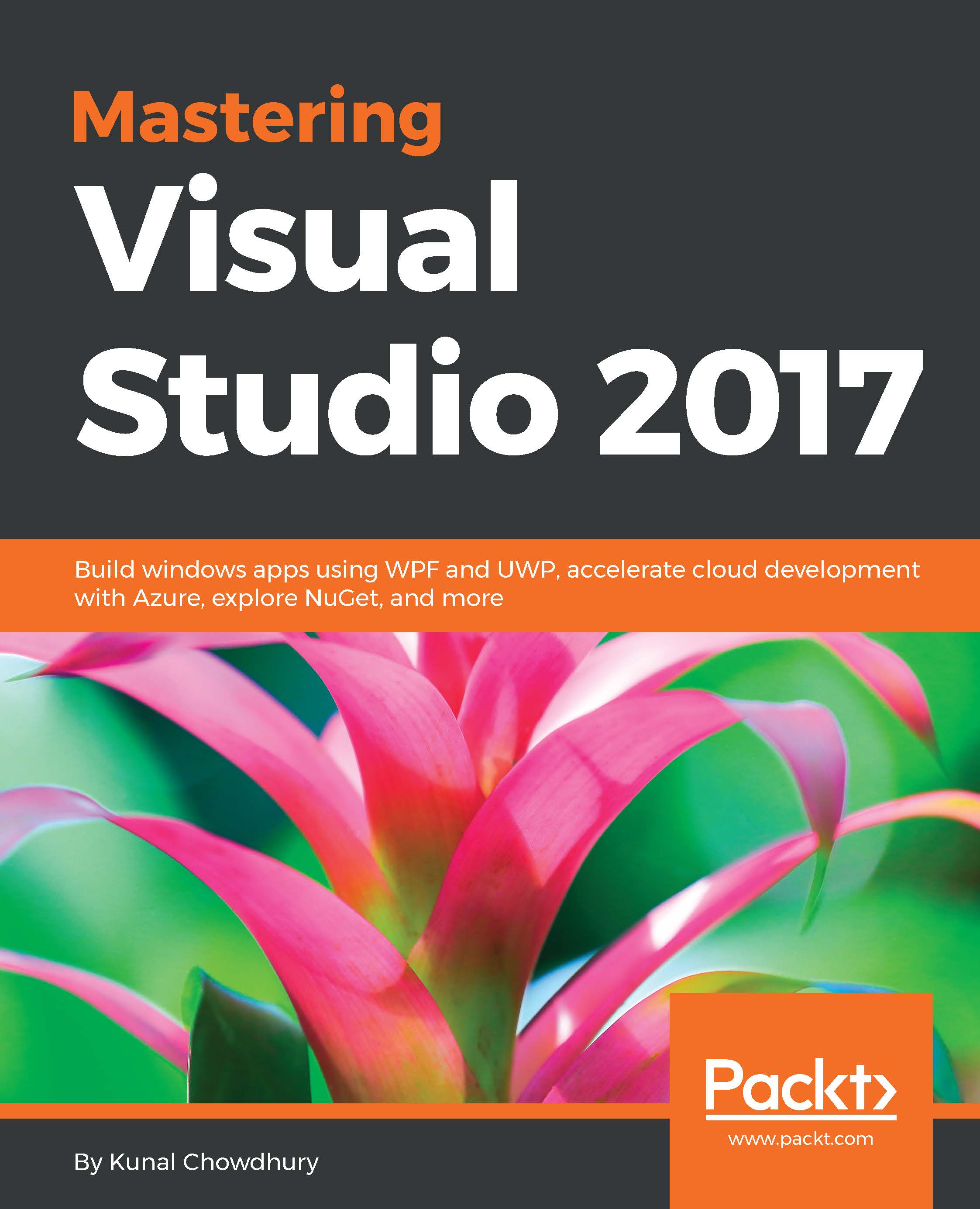The Windows Presentation Foundation (WPF) provides developers a unified programming model to build dynamic, data-driven desktop applications for Windows. It supports a broad set of features that includes application models, controls, layouts, graphics, resources, security, and more. It is a graphical subsystem for rendering rich UI (User Interfaces) and is part of the .NET Framework, which was first released along with .NET 3.0.
The WPF is a resolution-independent framework that uses vector-based rendering engine using the eXtendable Application Markup Language (XAML) to create stunning user interfaces.
The runtime libraries for it to execute are included with Windows since Windows Vista and Windows Server 2008. If you are using Windows XP with SP2/SP3 and Windows Server 2003, you can optionally install the necessary libraries...



